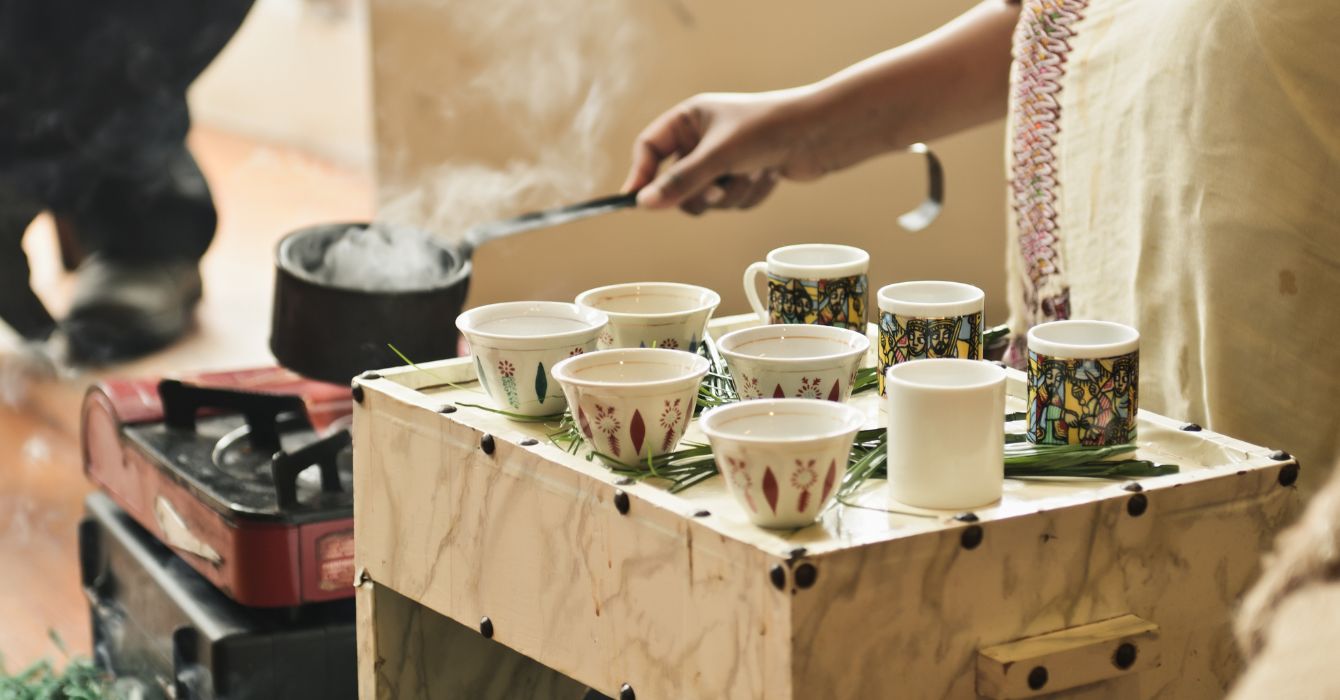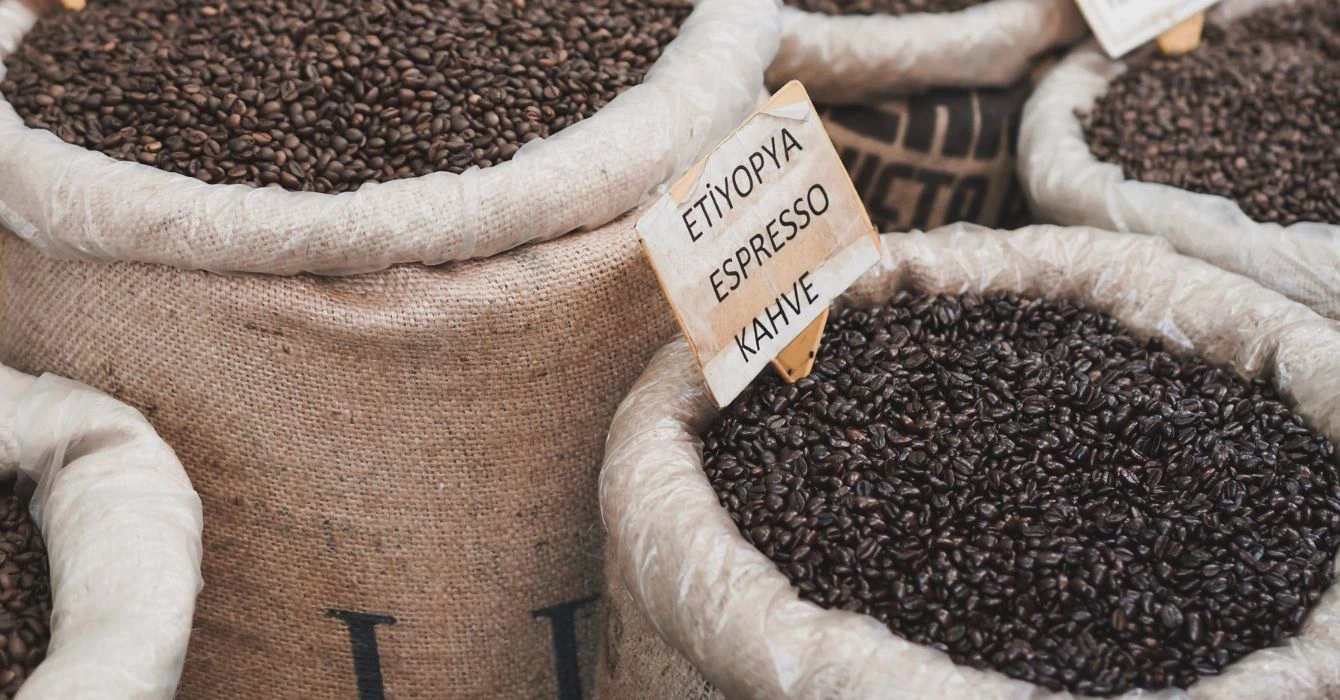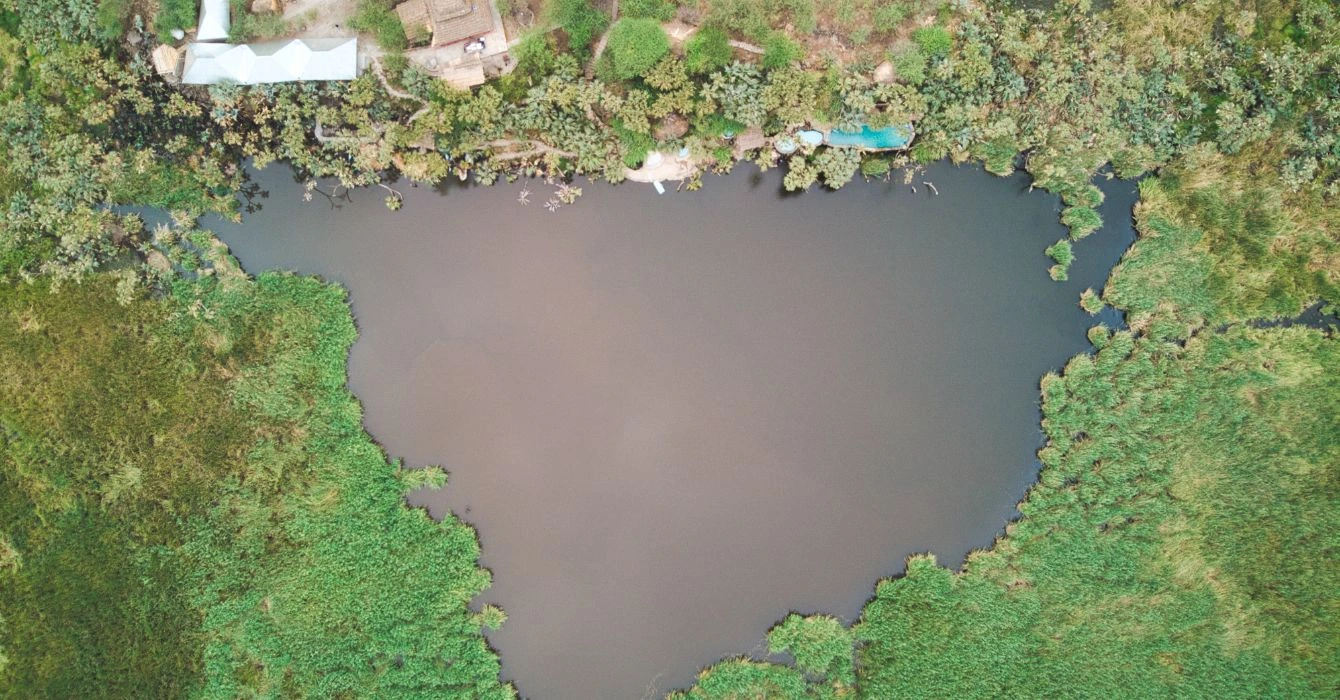Ethiopia Sidamo – Where Coffee’s Story Begins

A Journey with Coffee: Taste, Culture & History from Ethiopia in Every Cup
If coffee holds a special place in your heart, sooner or later you’ll encounter the name: Ethiopia Sidamo. And rightly so! In the world of specialty coffee, it's not just a bean—it’s a story, a tradition, a culture brewed into every cup.
Today’s post invites you on a journey to Ethiopia—the birthplace of coffee—where each sip connects you to highland farms, ancient rituals, and centuries-old heritage.
Ethiopia – The Birthplace of Coffee
Ethiopia holds an undisputed place in coffee lore. Legend has it that Kaldi, a goat herder, noticed his goats acting unusually energetic after eating the red berries of a particular shrub. Curious, he tried them himself—and coffee was born.
But beyond folklore, Ethiopia is a coffee paradise—home to wild coffee trees, unmatched genetic diversity, and a patchwork of microclimates. From southern highlands to northern plateaus, every region produces unique flavor profiles.
Sidamo Region – Ideal Terrain for Exceptional Coffee
Sidamo, located in southern Ethiopia, is one of the country’s premier coffee-growing regions. With mountainous terrain, volcanic soil, and optimal rainfall patterns, it provides perfect conditions for slow-growing Arabica beans.
Ethiopia Sidamo coffee is typically washed-processed, resulting in clean, transparent, fruit-and-floral flavor notes. Expect:
-
citrus brightness,
-
bergamot zest,
-
jasmine florals,
-
delicate, tea-like finish.
Aroma & Flavor – What to Expect from Ethiopia Sidamo
When I first brewed Ethiopia Sidamo from Gdańska Palarnia Kawy, the aroma was crisp and lively. Notes of jasmine and ripe fruit merged with a refreshing citrus lift, while the light body allowed the flavors to shine through.
This coffee thrives in pour-over styles like Chemex, V60, Aeropress—and even a gentle French Press can work beautifully.

Ethiopian Coffee Ceremony – More Than a Beverage, a Ritual
In Ethiopia, coffee is not just a drink—it’s a ceremony, a communal ritual often lasting several hours and central to family and community life.
A hostess typically roasts beans on a brazier, hand-grinds them, and brews in a traditional clay pot known as a jebena—a bulbous vessel with a narrow neck and side spout, usually set over coal or flame.
The coffee is brewed in three rounds:
-
Abol – the first and strongest infusion,
-
Tona – a gentler second brew,
-
Baraka – the symbolic third serving.
This process is a blend of hospitality, mindfulness, and tradition.
Coffee Trivia from Ethiopia
-
Ethiopia boasts over 10,000 native coffee arabica varieties—many still unnamed and uncategorized.
-
Around half the coffee produced in Ethiopia is consumed domestically, and there are over 15 million smallholder farms.
-
The local word for coffee is buna, a term you’ll hear in homes and coffee houses across the country.
Who Should Try Ethiopia Sidamo?
This coffee is perfect if you:
-
love pour-over brewing methods,
-
appreciate bright acidity and fruit-forward flavors,
-
enjoy light-to-medium body with clarity,
-
want to explore single-origin coffees.
It’s also a great way to explore alternative brewing methods—you’ll discover delightful surprises with Aeropress or Chemex.

Ethiopia Yirgacheffe – A Nearby Flavor Variant
If Sidamo captivated you, it’s time to explore its elegant neighbor: Ethiopia Yirgacheffe Espresso. Located near Sidamo, Yirgacheffe produces coffee with a delicate, jasmine-herbal profile—especially striking in espresso form.
Gdańska Palarnia Kawy’s Yirgacheffe is lightly roasted for espresso and steamy brews. You can expect aromas of:
-
white flowers,
-
citrus zest,
-
subtle jasmine,
-
tea-like refinement.
For adventurous coffee lovers who prefer nuance over intensity, this is a sophisticated treat.
How to Brew Ethiopia Sidamo at Home
Here’s my favorite V60 recipe for 1–2 cups:
-
15 g fresh medium-fine ground coffee
-
250 ml water at 93 °C
-
30 g bloom water poured over grounds, wait 30 sec
-
Slowly pour the remaining water, finish in 2:30–3:00 min
The result? A clean, citrus-floral brew with balanced brightness and sweet undertones.
For Aeropress, try the inverted method: short bloom followed by firm press. For French Press, go coarse and steady for a round, smooth cup.
Where to Buy Ethiopia Sidamo
We recommend getting it straight from the roastery:
Ethiopia Sidamo from Gdańska Palarnia Kawy—fresh-roasted, carefully processed, and designed to highlight floral acidity and red-fruit flavors.
Final Thoughts – A Journey in a Cup
Ethiopia Sidamo is not just coffee—it’s a narrative of land, people, and craft. A cup that speaks of origin, tradition, and artistry.
If you haven’t tried it yet—make it your next brew. And if you have tried it, consider exploring Yirgacheffe next. Your taste buds will thank you.
Recommended



